The Music School of Bressanone
Carlana Mezzalira Pentimalli embraced the history of its surroundings to complete The Music School of Bressanone with attention to each element of learning in Brixen, Italy.
In Bressanone (Bolzano, Italy), oldest city in Tyrol, the economic centre of the Isarco Valley and the third largest city in South Tyrol, architectural firm Carlana Mezzalira Pentimalli has completed “Wunderkammer”: the Music School of Bressanone, an institution founded in 1961, and a landmark for the entire region.
The Treviso-based office first-handedly curated all the design phases of the new headquarters, which welcomes over 1000 students – from the preliminary to the executive stage, and from construction supervision to the design of the furnishings and signage.
Located in the northern area of the city, close to its ancient core, the project represents the new gateway to the city, a focal point of the Priel area, hosting public facilities such as the Acquarena municipal swimming pool, and the Vertikale climbing wall.
The intervention is an integral part of a larger plan, which includes the construction of a new underground public car park on two levels to the north, with an urban crossing park on the roof. Its southern counterpart will feature a square with an additional underground level of public parking, which connects the Brenner state road – an ancient artery connecting Austria and Italy – with the municipal swimming pool and the historic city.A hub for underground vehicular flows and pedestrian paths at all levels, as well as the north face of the future square, surrounded to the east by the climbing wall and the municipal swimming pool, the School of Music guarantees the appropriate spatial alignment to complete the new urban plan and resolves the orographic dilemma and the differences in altitude.
In this way, all areas are connected and easily accessible, tessellating the square with the parking lot, the buildings of the Music School and the spaces of the Banda Musicale and Alpenverein associations, arranged within a compact volume north of the climbing wall. The result is a continuous parterre distributed on several levels.From a morphological perspective, the project approaches the historic city with its settlement principles, to respectfully reinterpret the archetype of the enclosure. The intervention, which aims to integrate into the urban fabric, is characterized by its compact and recognizable volume, within which an urban void enclosed by a fence is excavated. Located in the western part of the entire intervention, the School is spread over three floors above ground and a portion of the basement. To mitigate the impact on the city skyline, the top floor is set back from the line of the external facades, obtaining an optical effect that dissolves the perception of the building. The elevations are also conceived as wall faces, whose treatments change in relation to the context, in order to resonate harmoniously with the surrounding buildings.
The enclosure, which together with the volume of the School surrounds the large collective space of the courtyard located to the east, is configured as a two-storey volume, within which the vertical distribution elements and city services are located. In this way, the differences in elevation are resolved, ensuring visual continuity between the square and the future Priel Park, while the depth of field towards the mountains to the north and south of the area remains uninterrupted.
The project of the voids dynamically distributes the flows of users accessing the city, thanks to a strong, cross-cutting horizontal and vertical permeability with accesses arranged at +0.00 and + 3.75m. Overlooking the new Music School, the Banda Musicale and Alpenverein associations, the climbing wall and the square, the court will also serve the future parking lot, allowing a direct route to the Priel square and to the city.
Accessible to the public at all times, the courtyard houses a series of connecting devices and collective services, such as kiosks, warehouses and vertical distribution elements.
Design: Carlana Mezzalira Pentimalli
Design Team: Michel Carlana, Luca Mezzalira, Curzio Pentimalli, Giada Cattelan, Alessio Oliviero, Alessandro Zotta
Contractor: Unionbau
Photography: Marco Cappelletti



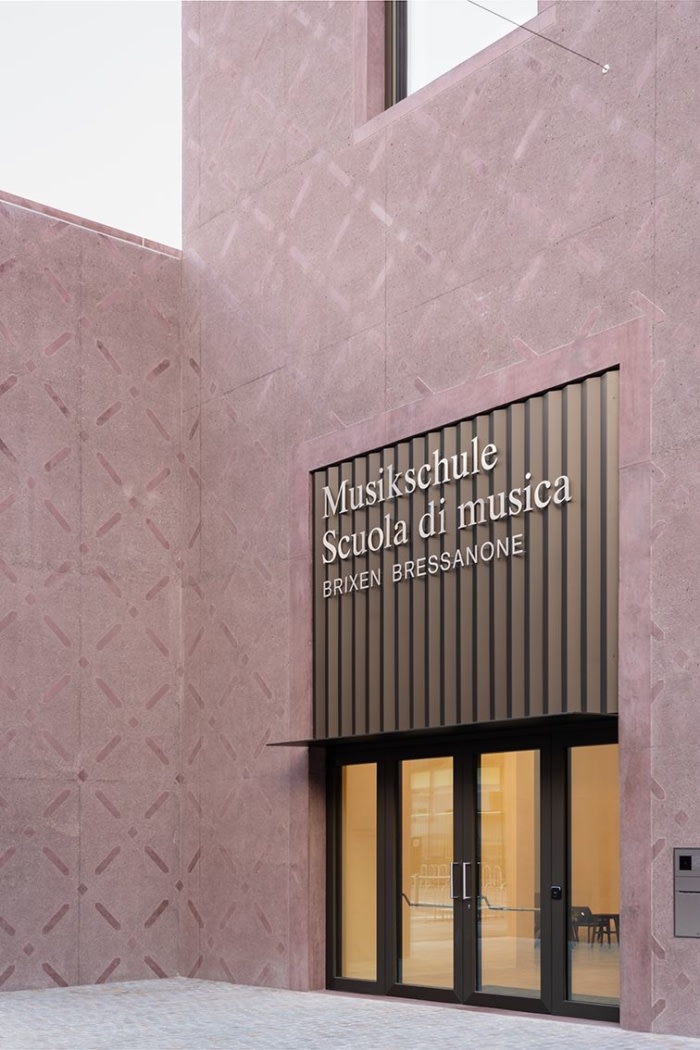

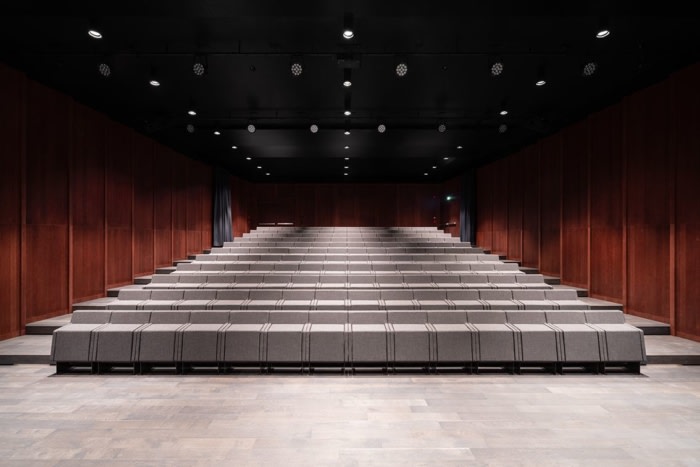



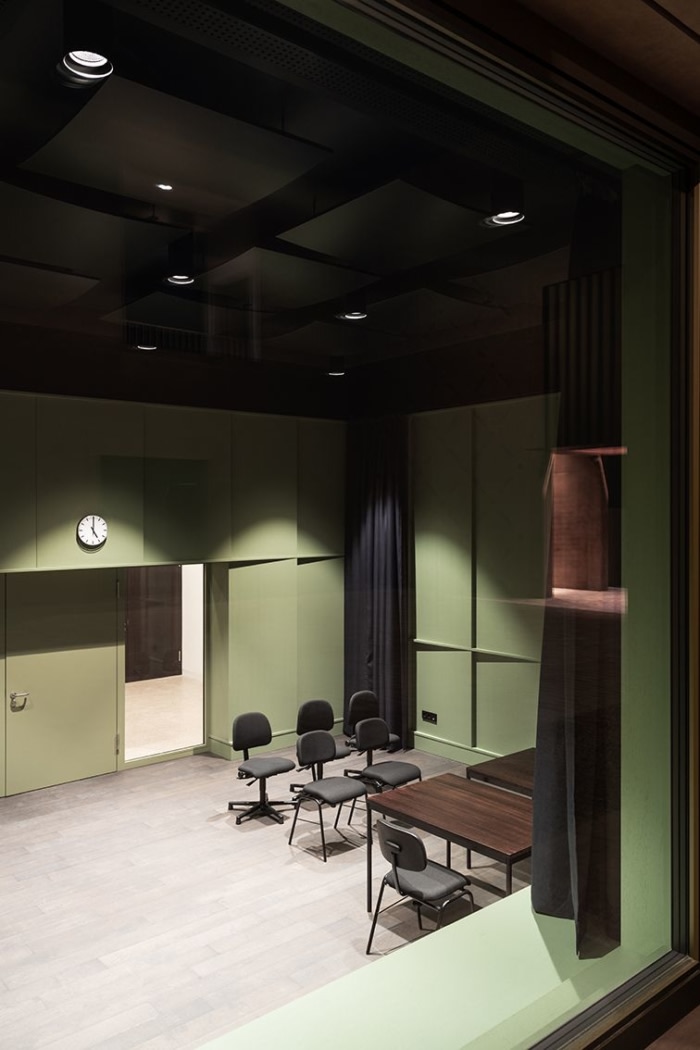
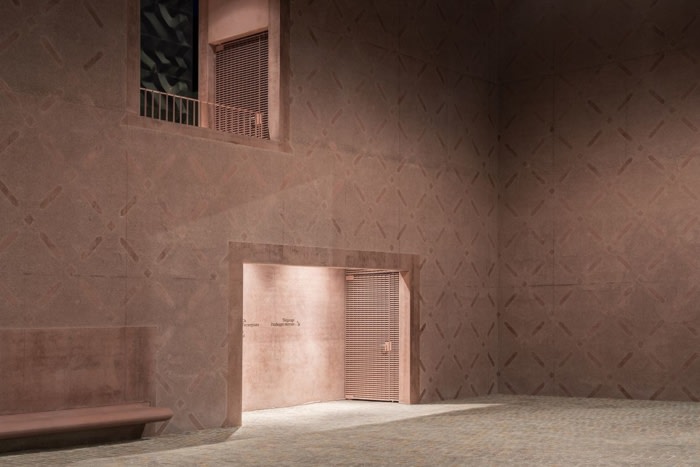



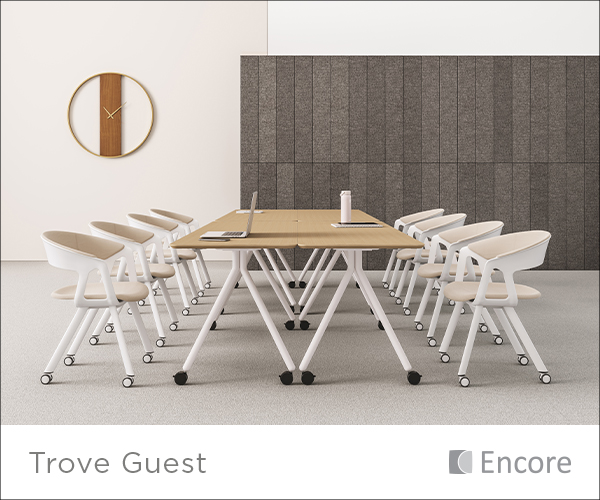












Now editing content for LinkedIn.